Quadriceps tendinitis :
Table of Contents
What is quad tendonitis?
Also known as jumper’s knee, quadriceps tendinitis is an inflammation of the tendons that connect the quadriceps muscles to the kneecap. The condition is often caused by overuse, such as in intense athletic activities or repetitive squatting.
Certain biomechanical factors such as having an excessive amount of forward lean in your squat or having a high bar position in your squats can also cause quadriceps tendinitis. It is most commonly diagnosed in athletes, particularly those who are deep squatters.
- Quadriceps tendon is attached to the quadriceps muscles to the kneecap means patella.
- It is works to the straighten to the knee, which helps to the walk, jump & climb stairs.
- If to the tendon is becomes to the inflamed,it is known as to the quadriceps tendinitis / quadriceps tendinopathy.
- It is sometimes spelled to the tendinitis, too.
- It is often to the result of to the repetitive movements such as to the jumping or kneeling.
- This overuse is leads to the tiny tears, which is cause to the pain & swelling.
- This injury is often affects the athletes such as to the volleyball & basketball players.
- But to the any active person is develop to the quadriceps tendinitis.
- Risk is higher when suddenly increase to the physical activity.
Anatomy of the quadriceps tendinitis :
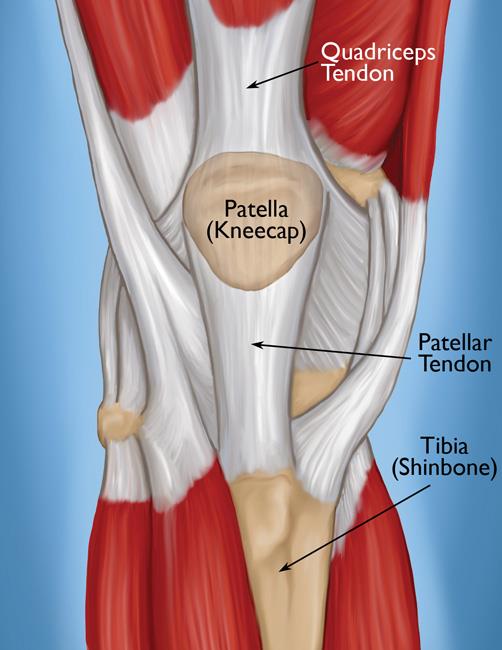
- Patella means kneecap is to the movable bone onto the front of the knee.
- This bone is wrapped around inside the tendon which is connect to the large muscles on the front of the thigh, & quadriceps muscles which is always on to the lower leg bone.
- Large quadriceps muscle is ends in to the tendon which is inserts into tibial tubercle.
- Bony bump is at the top of the tibia means shin bone just below the patella.
- This tendon is together with the patella is known as the quadriceps mechanism.
- The quadriceps mechanism is a single device which has to the two separate tendons
- Quadriceps tendon is onto the top of the patella
- Patellar tendon is below the patella.
Quadriceps mechanism :
- Tight quadriceps muscles are places on to the pull on to the tendons of the quadriceps mechanism.
- The action causes to the knee is to the straighten.
- On that time patella is acts as to the fulcrum which is increase to the force of the quadriceps muscles.
- Long bones of to the femur & the tibia act as to the lever arms.
- Then placing to the force / load on the knee joint & surrounding of to the soft tissues.
- This amount of to the load is quite significant.
- Like as to the joint reaction forces of the lower extremity including the knee is 2 to 3 times the body weight during to the walking & up to the five times of the body weight during to the running.
Causes of the quadriceps tendinitis :
- Mostly injuries of this tendinitis are due to the overuse of to the playing sports like volleyball, running / soccer.
- During to the practice & play apply to the repeated stress on to the quadriceps tendon.
- Other is Quick turns / quick starts / quick stops / jumping & running is contribute in to this tendinitis.
- Excessive intensity / frequency & duration of to the training .
- Wear to the Inappropriate footwear .
- Patient has a Poor flexibility .
- Misalignment of the foot /ankle / leg.
- Obesity.
Some common sports for this tendinitis causes :
- Volleyball
- Soccer
- Basketball
- Track & field
- Running
Symptoms of quadriceps tendinitis :

- Knee Pain
- It is produce to the pain in the front of the knee, just above on to the kneecap & bottom of the thigh
- This pain is dull type.
- It is also Warmth or burning type of pain.
- It is gradually increases to the over time.
- This pain is become to the worse after to sitting down ; long time sitting ; jumping, squatting & running.
- In to the some people, this pain is go away during to the activity & return to pain when movement is stops.
Other symptoms include:
- Tenderness over to the Knee pain area
- Poor mobility of the patient
- Patient feel to the weakness
- Also patient feel to the stiffness, mostly in the morning
- Present swelling onto the kneecap & quad tendon
- Patient feel the Sensitivity on to the touch
Diagnosis of the quadriceps tendinitis :
Medical history :
- Doctor take to the medical history.
- It is helpful the doctor to understand the injury.
Imaging tests :
- Patient is advice to the MRI or ultrasound.
- All the tests take to the detailed images of the knee tendons.
- It is check for the fracture & tear and many changes around the joint.
Physiotherapy examination of the quadriceps tendinitis :
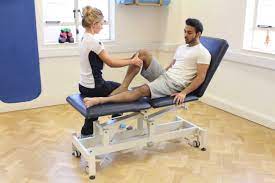
- Physiotherapy is assessed the ROM, joint stability & flexibility.
- Also check the strength of the muscle
- Also check the test for to the torn or ruptured tendons in to the quadriceps & discuss tothe training for the led to the injury.
Nonsurgical treatment of the quadriceps tendinitis :
- Mostly Treatment is typically starts with to the conservative methods.
- Into the nonsurgical treatments.
RICE principle :

- Into The first-line of to the treatment for this tendinitis.
- It is a method called to the RICE principle.
- Rest = for To the protect of to the injured area, so that need to the limit the movements of that overwork to the knees.
- Patient is use to the need for the brace to stabilize the knee.
- Ice = Apply to the ice / cold compress over to the pain area ; it is reduce the swelling & pain.
- Compression = apply the compression bandage over to the pain area ; it is also decrease the swelling.
- Elevation = for to the minimize of to the swelling ;
- Place to the injured knee onto the raised surface.
Taping & bracing for quadriceps tendinitis :
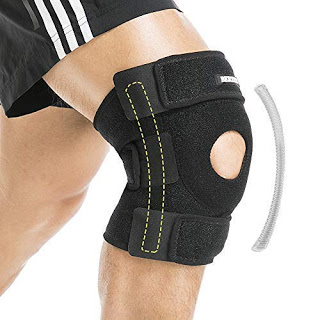
- It is to the off-load of the stress on the tendon
- So that apply to the athletic tape on to the knee.
- Apply to the Taping on over to the pain area which is reduces to the knee pain by to the stabilizing of to the kneecap.
- Same as the knee brace applied onto the stress tendon.
Orthotics for the quadriceps tendinitis :
- It is devices which is inserts into the shoe for to that support of to the foot.
- It is help to the treat tendinitis by to the reducing of to the pressure on to the knee tendons.
Medical treatment of the quadriceps tendinitis :
- Give the patient Anti-inflammatory medications.
- Give to the non-steroidal anti-inflammatory drugs (NSAIDs) for the over to the-counter pain relievers.
- Into the NSAIDS used to the
- Aspirin
- Ibuprofen
- Naproxen
- Also give to the acetaminophen to the patient.
- Also give to the local corticosteroid injections to the patient for the pain relief.
Surgical treatment of the quadriceps tendinitis :
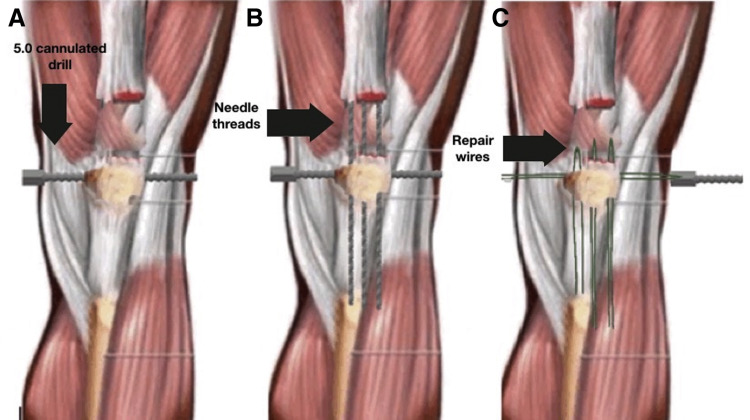
- It is a last resort when the nonsurgical options is exhausted.
- It is stimulates to the healing through to the restoring to the blood supply for the injured of to the quadriceps.
- In the surgery damaged to the tissue is removed & the tendon is to the repaired.
- Into the surgical treatment used to the repair of to the tendon .
- Into the surgery, surgeon is to the remove of to the damaged portion of the tendon.
Other Surgical options include the following procedures:
- Open surgery = involves to the single large incision.
- Arthroscopic surgery = used to the small incisions / a tiny of to the video camera & mini to the surgical instruments.
- It is a less invasive than to the open surgery.
- Per cutaneous ultrasonic tendon = it is debridement which is used to the ultrasonic energy for to the remove of to the damaged tissue.
Recovery from this tendinitis :
- It is come in normally four to six weeks of to the physiotherapy but it is also depend on to the various factors:
- Overall health
- Treatment plan
- Age
- Severity of injury
- This recovery is take to the 6 to 9 months depended onto the condition .
- During this time need to the avoid weight-bearing activities .
- When to the mobility is improves then slowly start the strengthening exercises.
- Patient is gradually return in to the normal life after the 7 months.
Risk factors of the quadriceps tendinitis :
- Anyone active person is suffer form this tendinitis , But risk is higher into the athletes ; mostly
- Run on to the hard surfaces
- Play to the jumping sports, like to the volleyball & basketball
- Do the exercise without to the warming up
- Do the exercise without to the enough form for the recovery time
- Do the repeatedly squat /kneel
Many Other factors which are increase the risk include :
- Age:
- Into the older age, this tendons become is less flexible & more prone to the inflammation.
- Weight :
- Excess body weight means obesity
- it is put the extra stress on the tendons.
- Tight muscles :
- Tight hamstrings & quadriceps muscles which is increasing the pressure on the tendons.
- Chronic disease :
- Some of the diseases such as the lupus & diabetes
- Other chronic disease is Rheumatoid arthritis , Chronic renal failure & Gout
- It is reduce the blood supply to the knee.
- So that the weakens of to the tendons & increases to the risk of this tendinitis.
- Alignment problems :
- If the joints or bones are not properly to the aligned so that one leg is placed under to the more stress.
- Muscular imbalances is also produce to the similar effect.
Physiotherapy treatment of the quadriceps tendinitis :
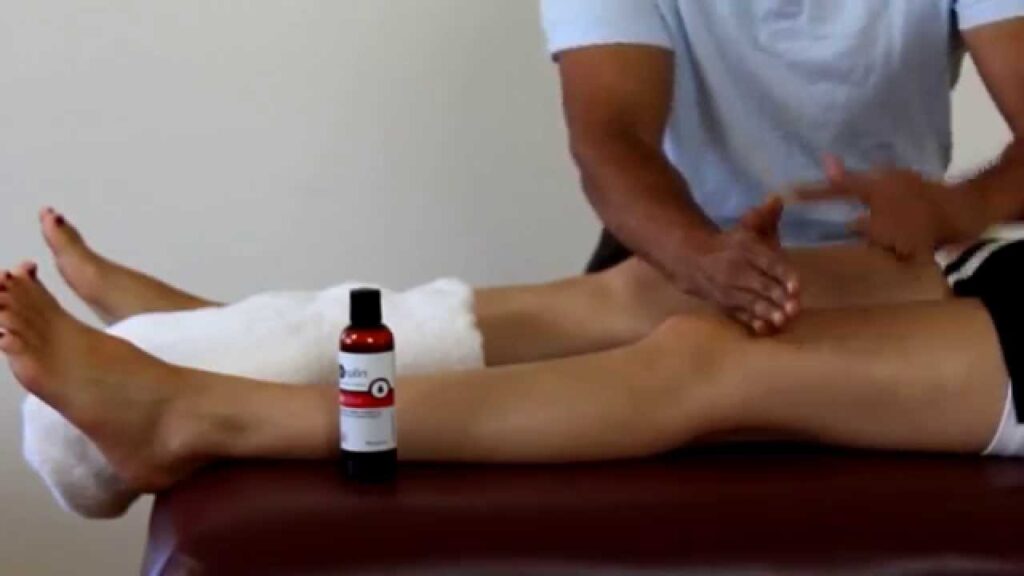
- Stretches
- Ice or heat treatment = use for the pain relief.
- The use of crutches = do the patient gait training and weight bearing training
- Soft tissue massage = with the use of the Foam Rollers & Spiky Massage Balls; for the pain relief & reduce to the spasm.
- Education
- Electrotherapy = into this therapy use to the ultrasound & Tens Machines for the pain relief.
- Patella taping = with the use of the protective tape for the protection.
- Joint mobilization
- Strengthening exercise = with the use of the Resistance Band
Stretches to the quadriceps tendinitis :
- Quadriceps Stretch
- Hamstring Stretch [ standing, sitting, supine ]
- Calf Stretch
Quadriceps Stretch :

- The starting position is standing.
- Into the Standing position feet are put shoulder-width apart.
- Then Step to the left leg back approximately to the three feet.
- Bend to both knees & rest the left knee on the ground.
- Keep to the body upright then shift the weight is forward into the front of the leg till the patient feel to the stretch it to the front of the left hip.
- After that this position, bend to the left knee then reach back with the left hand grab to the left foot.
- Then feel a stretch along to the front of the thigh from the hip to the knee.
- Repeat this exercise in other leg.
- Do this exercise 10 times in 1 sessions & 3 sessions per day.
Hamstring Stretch :
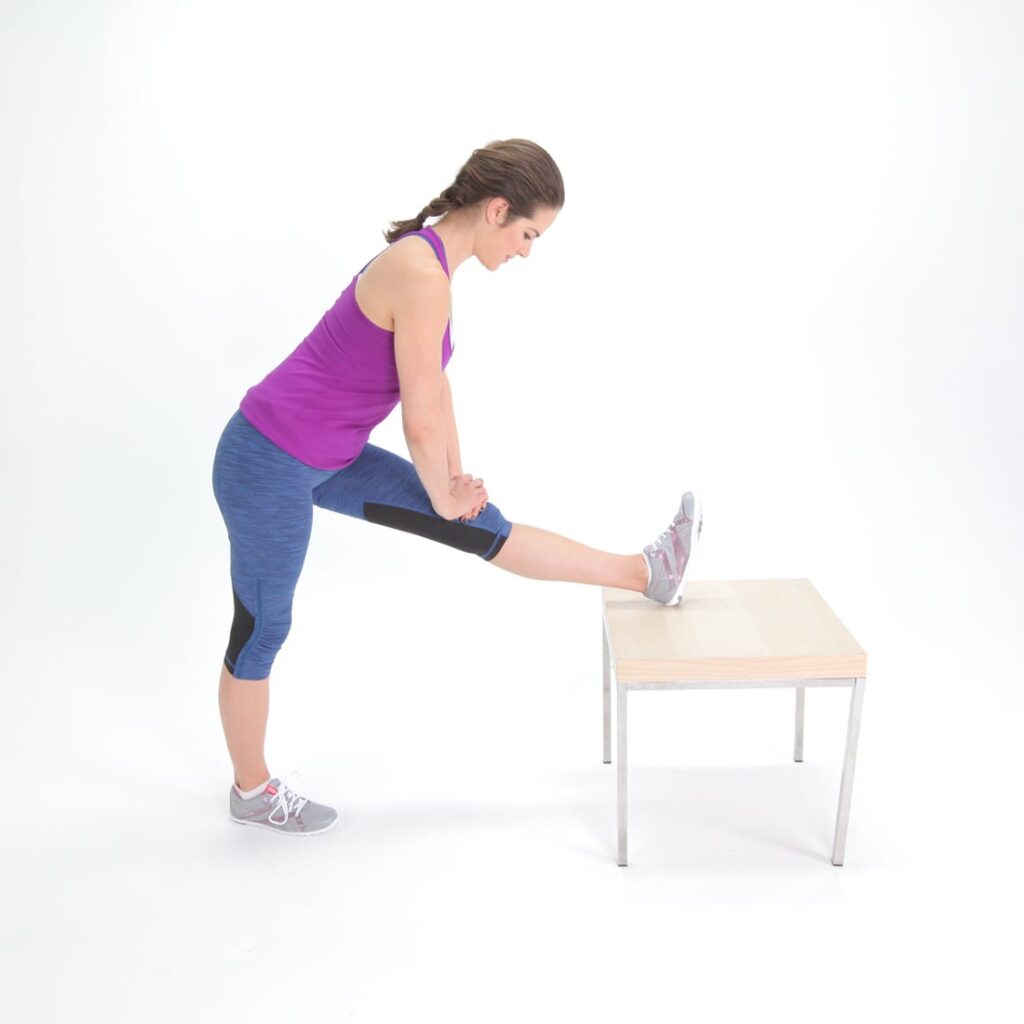
- Standing :
- Starting position is standing .
- Stand with to the feet shoulder-width to the apart.
- Bend to the left knee & step to the right leg straight out in front of that after that rest onto the heel.
- Keep to the right knee straight then bend forward at to the hips till the feel a strong pull along to the back of the thigh.
- Pull the toes up toward the ceiling to the intensity of the stretch.
- Then repeat this exercise in other leg .
- Do this stretch 10 times in 1 sessions & 3 sessions per day.

- Supine :
- it is also performed in the supine position.
- Lie down on the back.
- Then Extend to the right leg in front of the body.
- Bend the left leg.
- After that Wrap the hands around the back of the left thigh
- After that pull the leg slowly toward the patient.
- Hold for 30 seconds.
- Do this stretch 10 times in 1 session & 3 sessions per day.
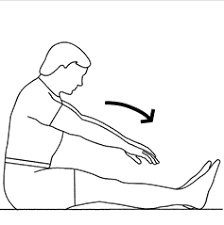
- Sitting stretch :
- Starting position is the long sitting .
- Then do the try to touch to the knee with the help on to the help of the body lean .
- Patient is feel to the stretch.
- Hold for the 30 seconds.
- Do this stretch 10 times in 1 sessions & 3 sessions per day.
Calf Stretch :
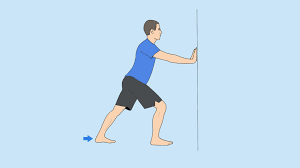
- Place the palms against the wall at the chest-height.
- Then Step to the right leg is back approximately the three feet.
- Then Bend to the left knee.
- Keep the right knee straight & lean the body forward till to the patient feel a strong pull along to the back of the calf.
- Do this stretch 10 times in 1 sessions & 3 sessions per day.
Exercise of to the quadriceps tendinitis :
- Step-ups
- Squats
- Static Inner Quadriceps Contraction
- Straight Leg Raises (SLR)
Step-ups :

- Step up to the forward into the box with the weak leg.
- Then Fully straighten to the knee as to the stand onto the top of the box.
- Then step to backward off to the box with the non injured leg.
- After done the exercise of to the few times, step down off to the front of the box,
- Then lower down to the use of to the injured leg.
- In this movement quadriceps is do the further muscle.
- Then Perform to the lateral step ups such as the stepping onto the box sideways.
- After that leading with to the injured leg.
- Perform the 10 step ups into the row.
- Do the 3 sets per day.
Squats :
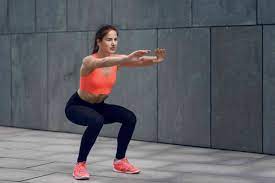
- Lean onto the wall& step to the feet out in front of the body approximately the two feet.
- Then Bend to the knees & slide down to the wall till the thigh is parallel to the floor.
- Hold this exercise for to the 1 to 2 seconds ; then return to in starting position .
- Do this exercise 10 times in 1 sessions & 3 sessions per day.
- Into Progression by performing to the squats without to support of the wall.
- When to the strength is improves do the squat deeper
Static Inner Quadriceps Contraction :

- Starting position is the long sitting / supine.
- Put to the any pillow / sand beg & fold of to the towel under the knee.
- after that push to the knee into bed .
- Hold the position for to the 10 second & after that brief to relax.
- Repeat the exercise for the 10-15 times in one session.
- Do 3 session per day.
Straight Leg Raises (SLR) :

- Starting position is supine.
- Lie down onto the flat surface.
- Then bend to the one knee up to the a 90-degree angle.
- Keep the other leg straight & raise it till the thighs are the parallel.
- Hold this position for the 5 seconds before lower to the leg back down slowly.
- Do this exercise 10 times in 1 sessions & 3 sessions per day.
- Into the progression used to the weighted cuff & resistance band which is placed around both ankles.
Yoga poses to the quadriceps tendinitis :
- Lunges
- Fierce Pose:
- Dancer’s Pose
- Camel Pose
Lunges :

- Starting position is kneeling .
- Step to the one leg forward & place to the foot somewhat forward of to the knee.
- Be sure to keep the pelvis into the neutral position not to the tilted forward.
- Then Draw to the abdominal muscles inward.
- Keep to the shoulders stacked over to the hips.
- As to the shift the hips forward
- Then press to the back through to the heel of to the foot of to the back leg for to the create a length through to the leg .
- Repeat this exercise on the other side.
- Do this exercise 10 times in 1 sessions & 3 sessions per day.
Fierce Pose:

- Starting position is standing means in Tadasana.
- Bend to the knees ; tilt to the pelvis forward & then lower to the hips back / down.
- Torso is lean to the slightly forward as to the lower to the hips.
- Keep to the spine in neutral & keep to the back from arch.
- Arms are raised along to the side the head, into the Anjali Mudra / in low “V” position.
- Hold to the pose with the breathe.
- After some holding of the breath return into the starting position.
- Do this exercise 10 times in 1 sessions & 3 sessions per day.
Dancer’s Pose:
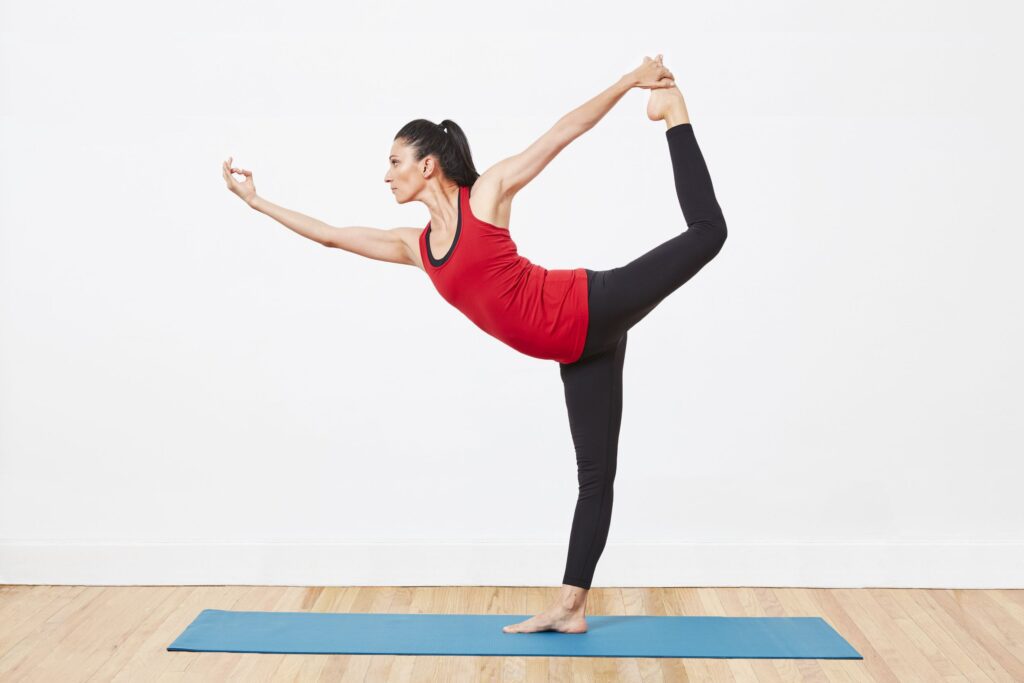
- Starting position is standing means in Tadasana .
- Shift the weight onto the one leg & bend to the other knee.
- Then lifting the foot off to the floor.
- Reach back for to the foot / use to the strap for to the loop around of to the foot & hold it to the hand.
- Keep the spine is upright then kick to the foot of the bent is leg back.
- So that the knee is leg begins to the move back behind the body.
- Keep to the hips are somewhat level from to the side to the side.
- Opposite arm is raised to the overhead / on a wall for to the balance.
- After that the several breaths returning to in the starting position.
- Do this exercise 10 times in 1 sessions & 3 sessions per day.
Camel Pose :

- Starting position is kneeling.
- Kneel the mat with the knees are shoulder-width to the apart.
- Then Reach the back & place the hands on the bottoms of the feet.
- After that Become the Arch into the back bend.
- So that the head is in fall back
- After that gazing at the wall behind the body.

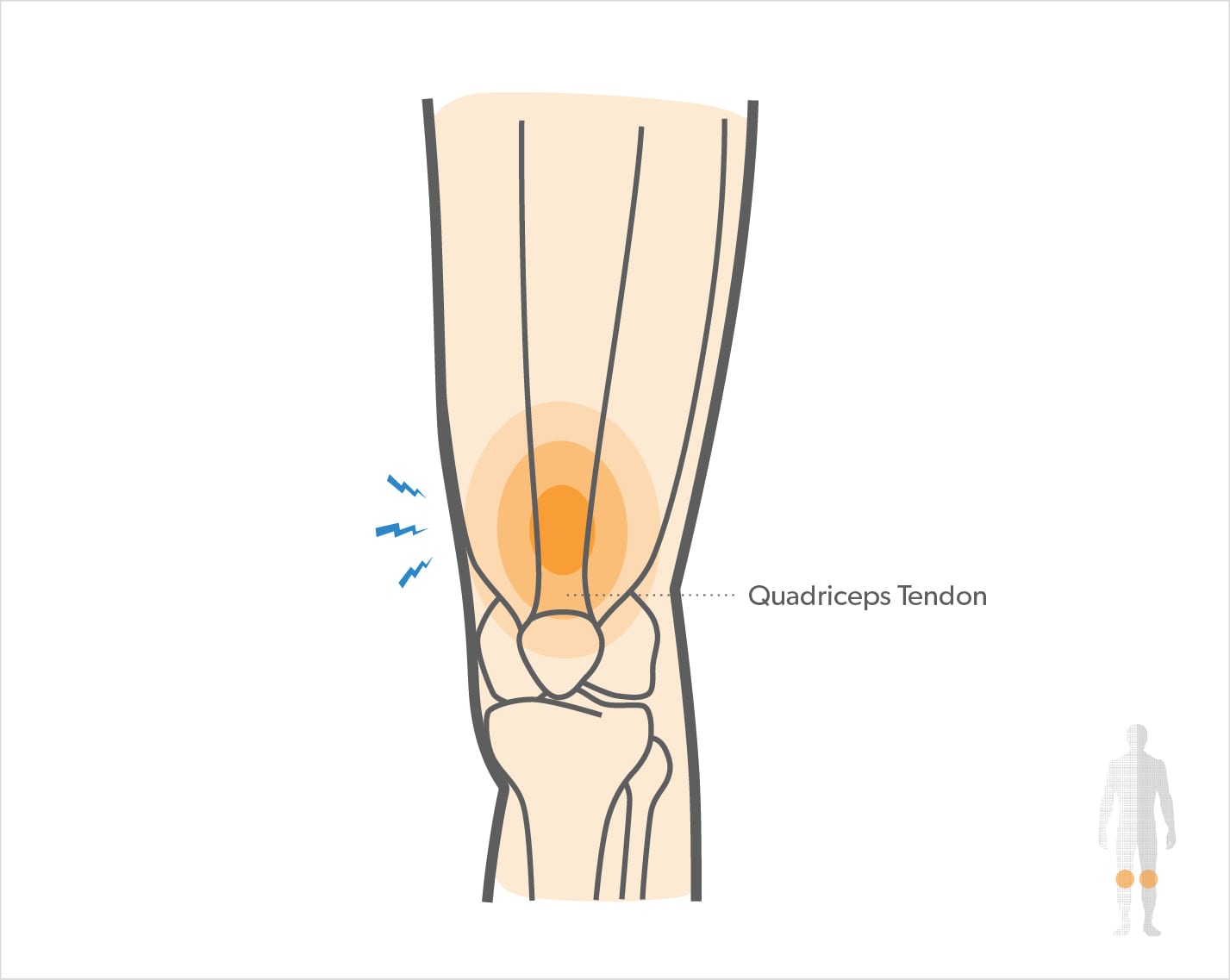
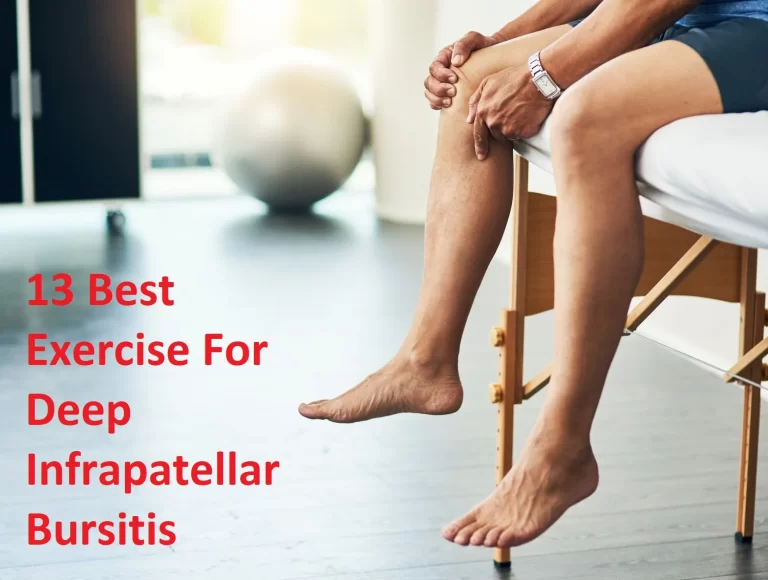
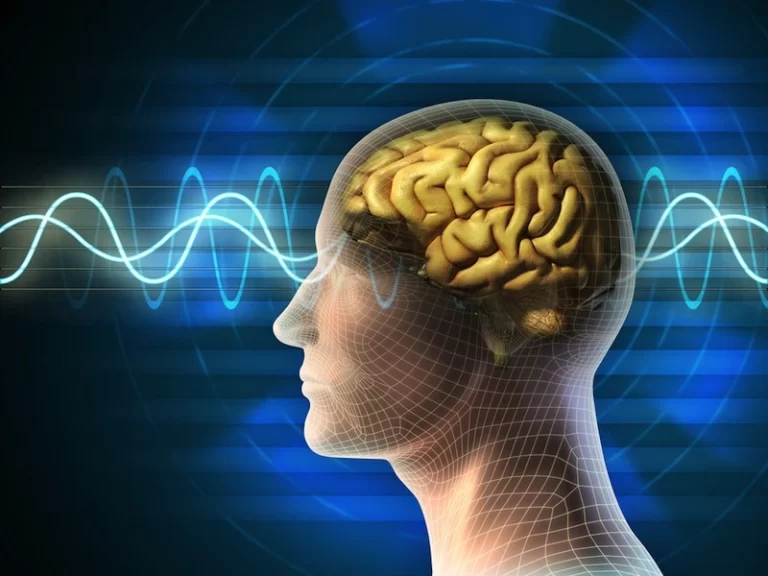
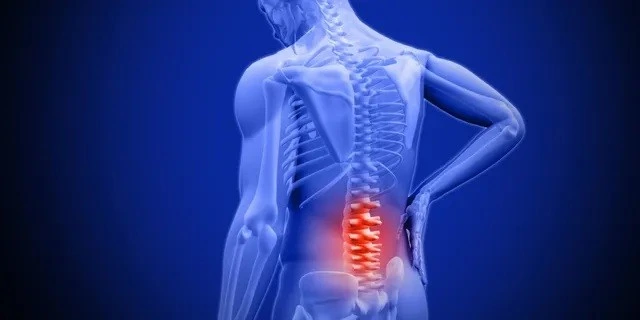
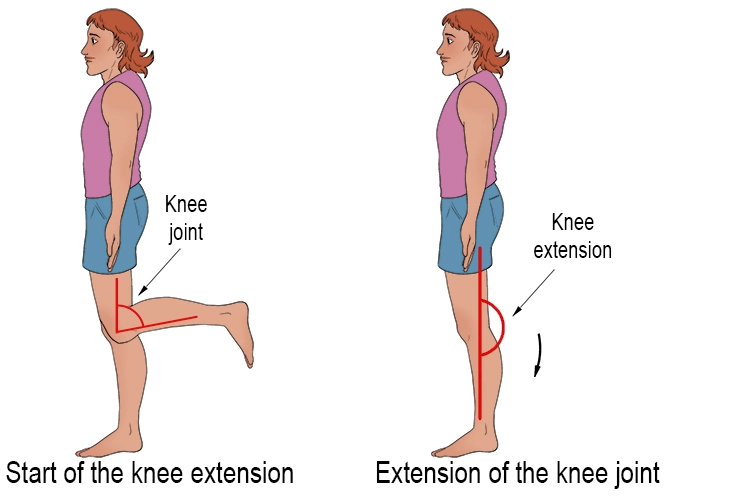
2 Comments